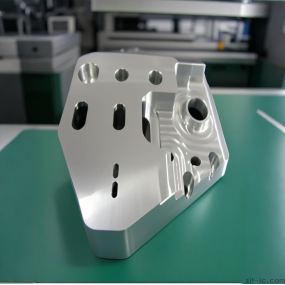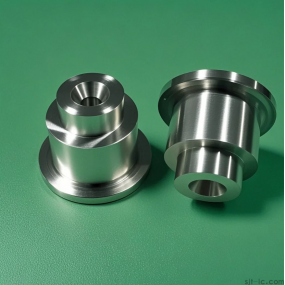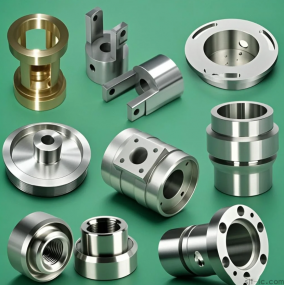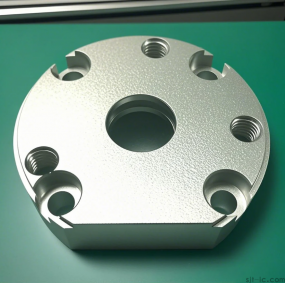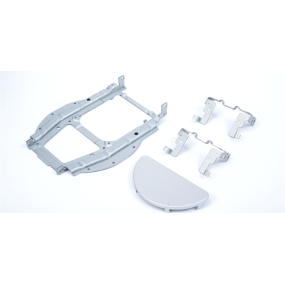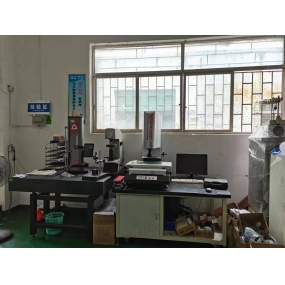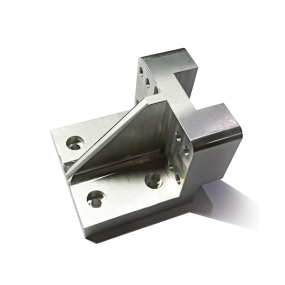Ever needed a handful of small, precision aluminum parts, only to get a quote that made you wonder if they were made of solid gold? 😵 You're not alone. Figuring out the real cost of small aluminum CNC Machining can feel like decoding a secret language. But what if you could understand exactly what you're paying for? Let's break down the pricing, piece by piece, so you can talk to suppliers with confidence.
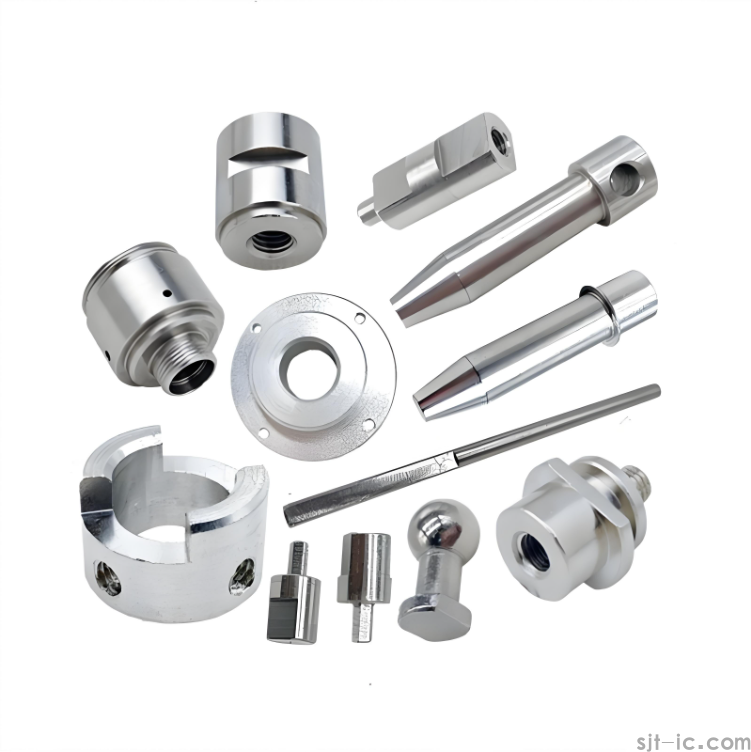
So, How Do They Actually Calculate The Cost?
It's not just one thing! Think of it like a restaurant bill. You pay for the ingredients (material), the chef's time (machine and labor), and any extra toppings (special processes). For small aluminum parts, suppliers typically add up a few key areas:
- Machine Time: This is the big one. How long will the CNC machine be running to make your part? Complex shapes take longer, which costs more.
- Material Cost: The price of the aluminum block itself. Higher-grade aluminum costs more, but so does the waste material cut away from your small part.
- Setup & Programming: Before any cutting happens, a technician needs to set up the machine and create the digital instructions. This is a fixed cost, so it hits smaller orders a bit harder.
- Secondary Services: Do you need a smooth finish? Special coating? Anodizing? These are like add-ons that increase the final price.
The Biggest Factor: It's All About Time ⏱️
For small aluminum parts, the machine time (often called "cycle time") is often the most significant part of the cost. A part that takes 5 minutes to make will be drastically cheaper than one that takes 30 minutes, even if they use the same amount of material. This is because you're paying for the use of an expensive machine and the operator's attention. The complexity of your design directly controls the clock.
Don't Forget the "Hidden" Setup Fee
This one catches many people off guard. Even if you're only making one tiny part, the shop still has to do all the preparatory work. They need to design the toolpath, secure the material block in the machine, and install the right tools. This setup time is a one-time fee spread across your order. So, ordering 10 parts is much more cost-effective per piece than ordering just one, because that setup cost gets divided up. It's why unit prices drop with higher quantities.
How Your Design Choices Directly Impact Your Wallet
You have more control over the cost than you might think. Simple design choices can lead to big savings. For instance, sharp internal corners require very small tools that break easily and cut slowly, increasing time and cost. On the other hand, using standard drill sizes instead of custom ones can speed things up. I've found that a little bit of design tweaking, like slightly increasing the radius of a corner, can sometimes shave 15% off the machining time without affecting the part's function at all. It's a conversation worth having with your engineer.
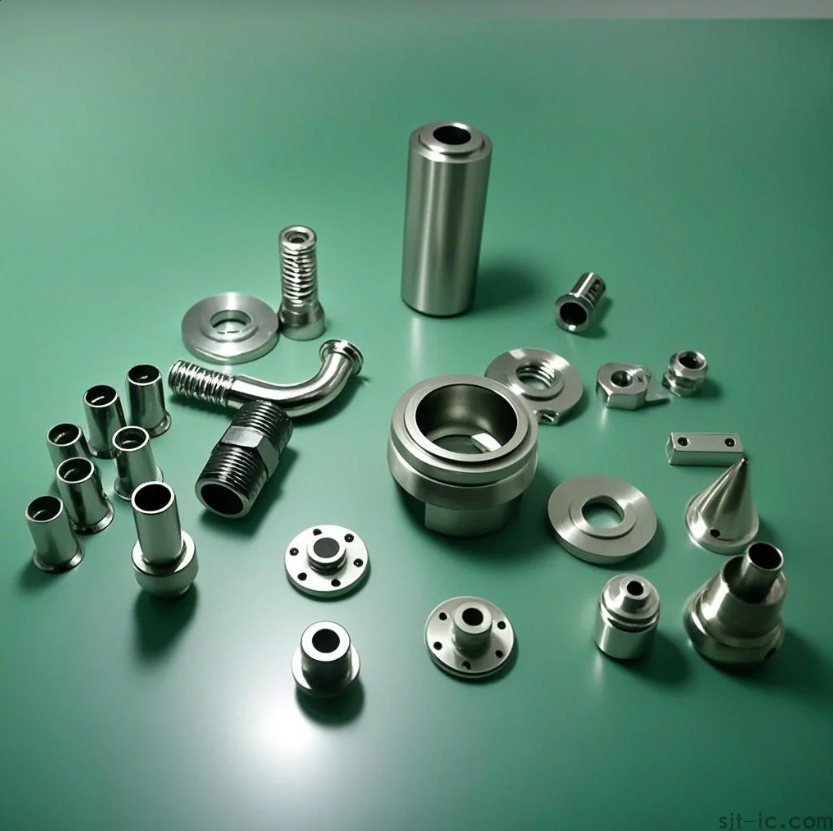
Getting the Best Price Without Sacrificing Quality
So, what can you do? First, always provide a clear and detailed drawing. This reduces back-and-forth and prevents costly misunderstandings. Second, consider your material choice carefully; sometimes a more common aluminum grade works perfectly fine. Third, and this is key, be open to feedback from the machining shop. They might suggest a small design change that makes the part much easier and cheaper to produce. A good partner will help you save money.
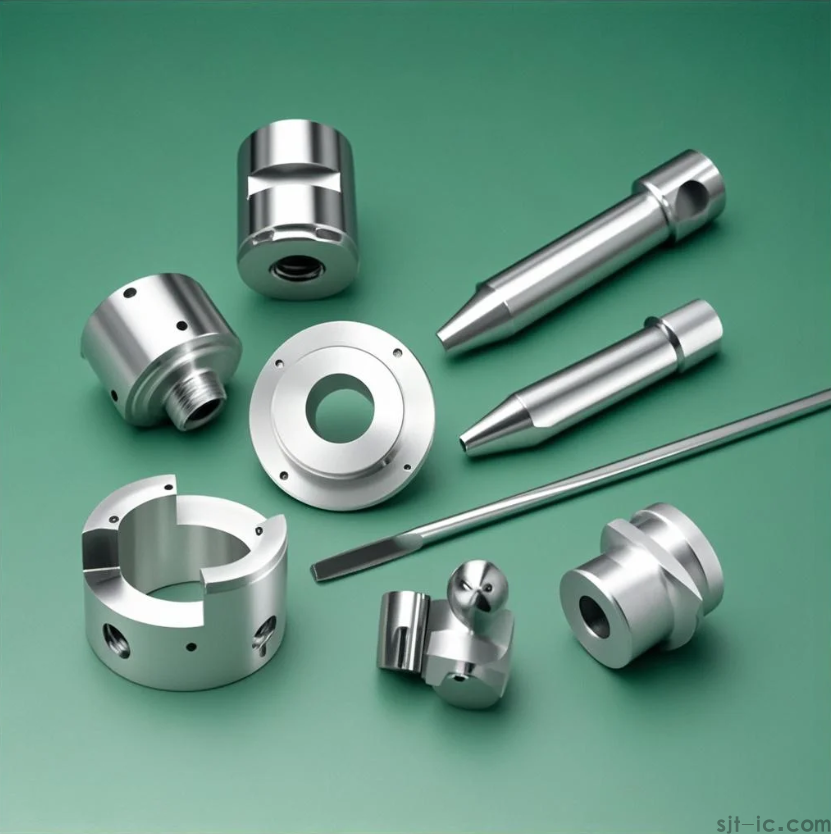
Of course, the cheapest option isn't always the best. A rock-bottom price might mean they're cutting corners on quality checks or using worn-out tools. However, an open discussion about your budget and requirements can often lead to a happy middle ground where you get the precision you need at a fair price. The goal is a clear understanding, not just a low number.
👉 Now that you know what goes into the price, why not get a tailored quote? Our team is ready to analyze your specific small aluminum part needs and provide a transparent, no-obligation cost breakdown. Reach out to our online service team today to get started!


 Spanish
Spanish Arabic
Arabic French
French Portuguese
Portuguese Belarusian
Belarusian Japanese
Japanese Russian
Russian Malay
Malay Icelandic
Icelandic Bulgarian
Bulgarian Azerbaijani
Azerbaijani Estonian
Estonian Irish
Irish Polish
Polish Persian
Persian Boolean
Boolean Danish
Danish German
German Filipino
Filipino Finnish
Finnish Korean
Korean Dutch
Dutch Galician
Galician Catalan
Catalan Czech
Czech Croatian
Croatian Latin
Latin Latvian
Latvian Romanian
Romanian Maltese
Maltese Macedonian
Macedonian Norwegian
Norwegian Swedish
Swedish Serbian
Serbian Slovak
Slovak Slovenian
Slovenian Swahili
Swahili Thai
Thai Turkish
Turkish Welsh
Welsh Urdu
Urdu Ukrainian
Ukrainian Greek
Greek Hungarian
Hungarian Italian
Italian Yiddish
Yiddish Indonesian
Indonesian Vietnamese
Vietnamese Haitian Creole
Haitian Creole Spanish Basque
Spanish Basque

